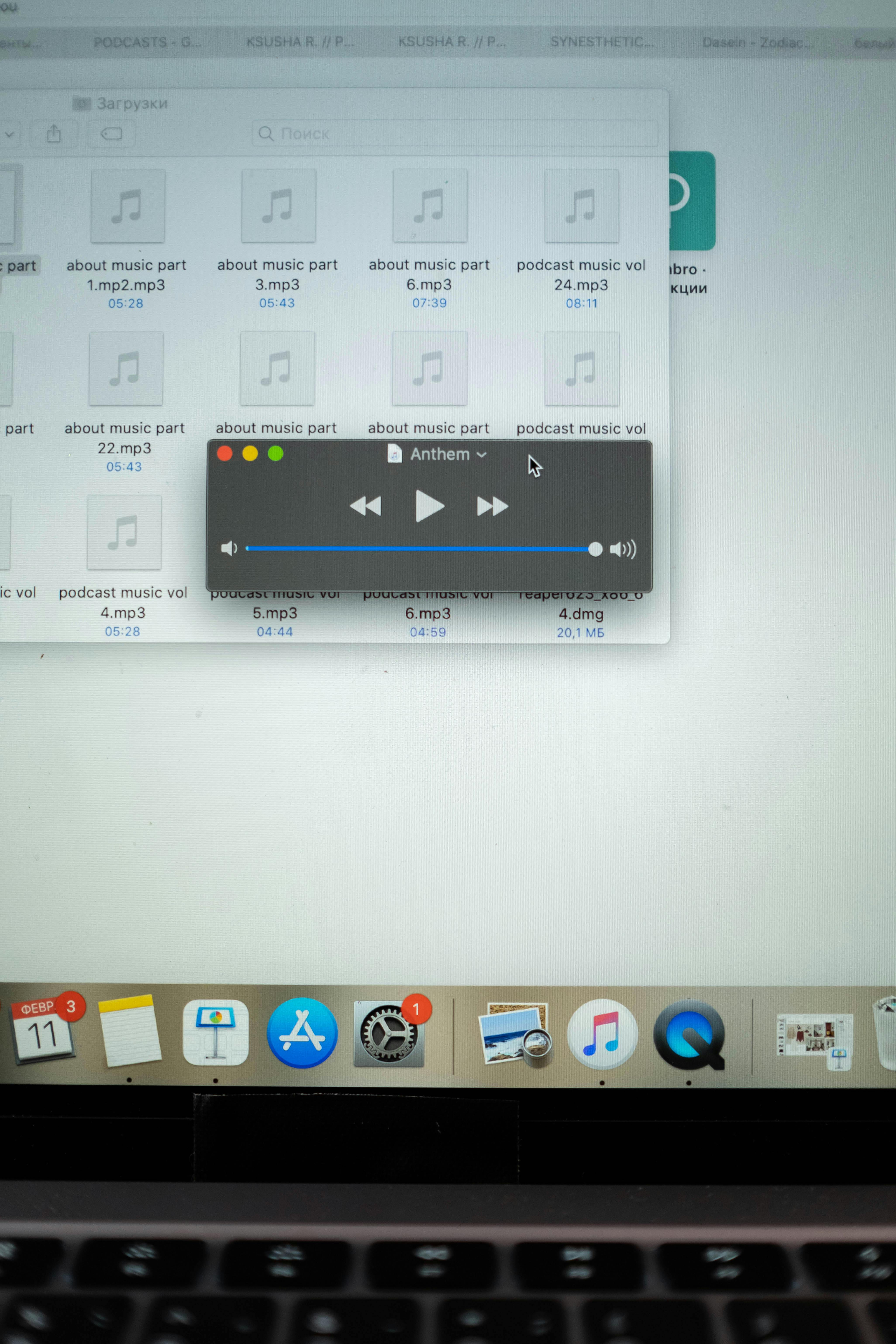
Introduction
In a significant move for the music industry, Apple Music has unveiled its new initiative, Apple Music Studios, as it celebrates its 10th anniversary. This creative hub, located in Los Angeles, is designed to empower artists and creators, enhancing the landscape of music production and content creation. Apple Music Studios aims to shift the perception of streaming services from simple music providers to comprehensive creative ecosystems.
What’s in Apple Music Studios?
The new studio is not just an office or recording room – it is an ecosystem for today’s creators:
- Spatial Audio Studios: Two next-generation radio studios adapted for spatial sound, allowing for live interviews and improvised performances.
- Sound Stages: A vast 4000 square meters sound stage designed for filming, live sets, and fan-driven events.
- Podcasting Facilities: Podcast editing suites and a social media content laboratory created for storytelling in multiple forms.
- Cultural Walk: The history of Apple Music, a curated cultural experience showcasing milestones and global artist collaborations.
Apple’s State of Artist Led by Artists
The launch reflects Apple Music’s ambition to evolve into a full-fledged cultural and media brand from a traditional streaming platform. By providing artists with the resources they need to create and share content—whether it be music, film, or social media—Apple Music Studios enables a new era of artistic expression and collaboration.
As an Apple spokesperson stated, “Apple Music Studios is more than recording – it’s about giving artists a platform to shape their stories, not just their sound.” This vision emphasizes the importance of narrative in music, allowing artists to connect with audiences on a deeper level.
Strategic Location: Culver City
The studio’s location in Culver City is a strategic choice, placing it among major entertainment players like Sony Music, Amazon MGM, and Amazon Music. The proximity to these companies situates Apple Music at the heart of Los Angeles’ competitive content and talent ecosystem, further enhancing collaboration opportunities.
This location choice also reinforces Apple’s commitment to in-house content creation, following significant investments in platforms like Apple TV+ and incorporating immersive audio experiences such as Dolby Atmos on Apple Music.
A Decade of Apple Music: From Disrupter to Leader
Since its launch in 2015, Apple Music has transformed into a global streaming powerhouse with over 100 million subscribers, evolving from its roots in iTunes. The platform initially differentiated itself through unique artist content curated from Beats 1 and an innovative approach to music discovery.
The opening of Apple Music Studios symbolizes the next phase in this evolution, aiming to combine streaming, performance, production, and social media into a unified platform that not only shares music but also builds cultural narratives.
What Does It Mean for the Industry?
By investing in physical infrastructure, Apple Music is signaling a future where streaming platforms are not merely distributors of content but facilitators of creativity and community. Here’s how this impacts various stakeholders:
- For Artists: Direct creative access to Apple’s extensive ecosystem means greater opportunities for collaboration and innovation.
- For Fans: Listeners can expect more immersive and consistent content, bridging the gap between artists and their audience.
- For the Industry: This shift adds pressure on competitors like Spotify and Amazon Music to create equally integrated environments that support artist growth and engagement.
Conclusion
The launch of Apple Music Studios marks a pivotal moment in the evolution of the music industry. By creating a space that not only facilitates recording but also fosters creativity and connection, Apple is redefining what it means to be a music platform in the digital age. As artists gain access to these innovative resources, the potential for new forms of creative expression will undoubtedly reshape the musical landscape for years to come.